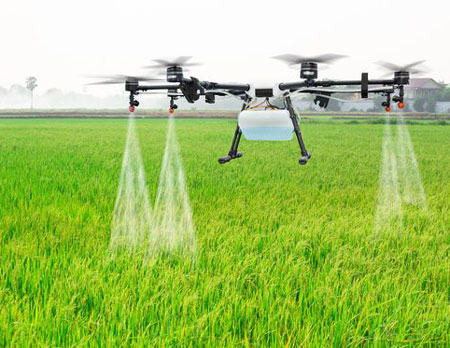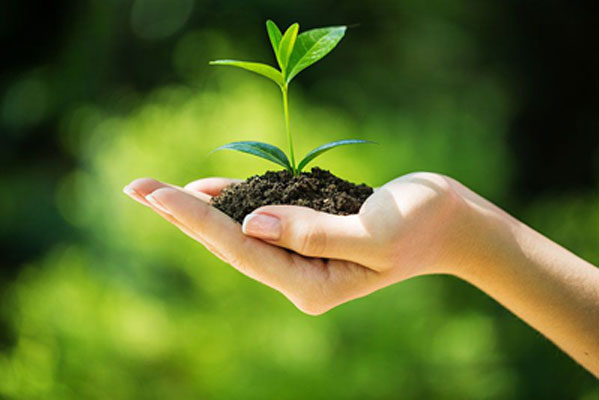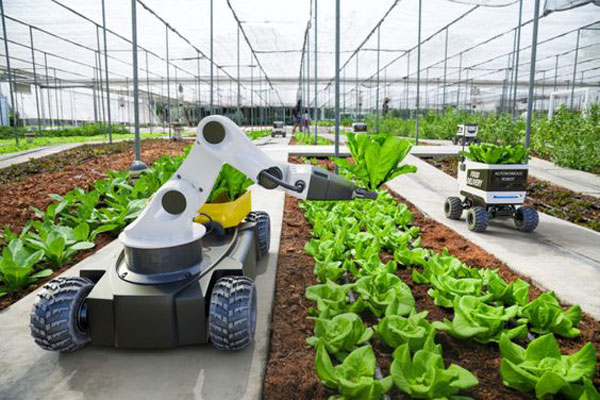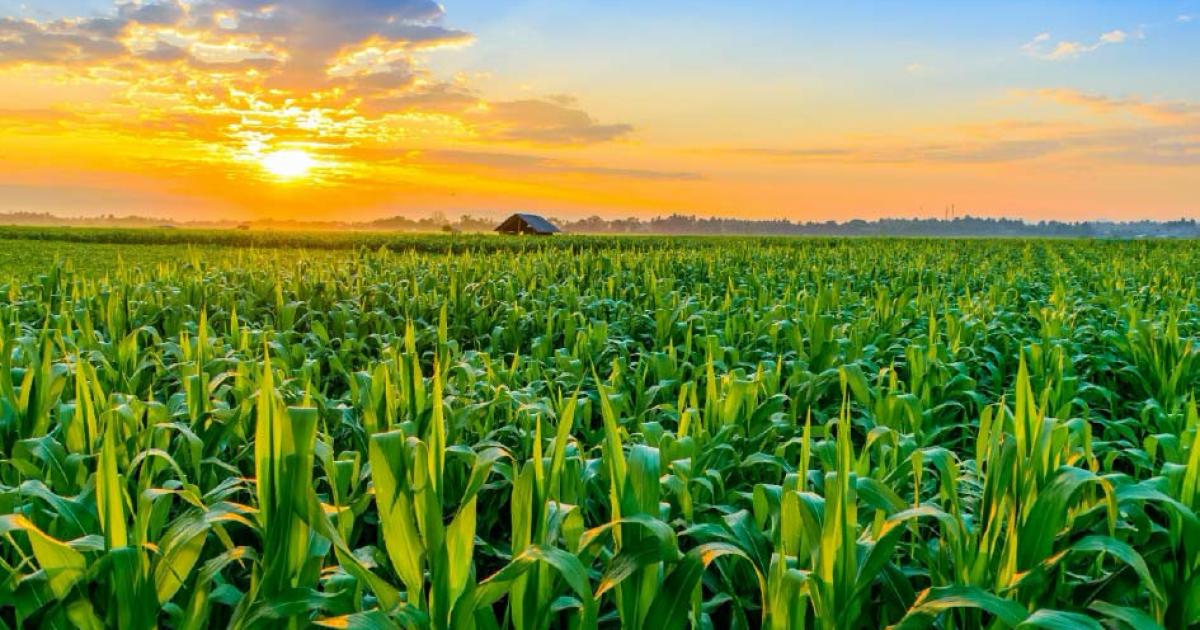Crops
Lime

Lime
Lime, often referred to as lemon in India, is one of the most important citrus fruits cultivated across the country. It is widely valued for its tangy flavor, rich vitamin C content, and versatile culinary and medicinal uses. Lime farming has become a reliable source of income for many Indian farmers due to its ability to bear fruit throughout the year and its high demand in both domestic and export markets.
India ranks among the leading producers of lime in the world. The major lime-producing states include Andhra Pradesh, Maharashtra, Tamil Nadu, Rajasthan, Karnataka, Gujarat, Bihar, and Odisha. These states offer favorable climatic and soil conditions that support vigorous growth and high yields of lime. The crop adapts well to a range of agro-climatic conditions, making it suitable for cultivation in different parts of the country.
Lime is a perennial crop that flowers and bears fruit multiple times a year. In most regions, three main flowering seasons are observed—January to March, June to July (coinciding with the monsoon), and September to October. This cyclical flowering allows for staggered harvests, ensuring that farmers can generate income at multiple intervals throughout the year.
India exports a substantial quantity of fresh limes to several countries, contributing significantly to the economy. Major export destinations include the United Arab Emirates, Saudi Arabia, Bangladesh, Nepal, Malaysia, and the United Kingdom. Due to its consistent production and quality, Indian lime is in great demand in international markets, particularly in the Middle East and Southeast Asia.
Lime cultivation is best suited to well-drained loamy or sandy loam soils with a pH range of 6.0 to 8.5. Heavy clay or waterlogged soils are not ideal, as they can cause root diseases and reduce fruit quality. Proper land preparation, addition of organic manure, and ensuring good drainage are essential practices to maintain soil health and promote robust plant growth.
Climatically, lime thrives in tropical and subtropical regions. The ideal temperature for lime cultivation ranges between 25°C and 35°C, and the plant requires moderate annual rainfall, typically between 750 to 1,250 mm. While the crop is fairly drought-tolerant, it performs best under full sunlight with good air circulation. Excessive shade or high humidity can negatively affect flowering and fruit set.
In conclusion, lime cultivation presents a lucrative opportunity for Indian farmers, particularly those with small and medium landholdings. Its adaptability, year-round harvest potential, and strong market demand make it an ideal crop for commercial cultivation. With proper management and marketing strategies, lime farming can contribute significantly to improving rural livelihoods and boosting India’s position in the global citrus market.
Blog
Explore Our Blog
About Us
Welcome to Agriplaza
Welcome to Agriplaza. India's first and only comprehensive digital platform dedicated to agriculture and farmers. Explore widest range of related data our figures speaks a lot.
634726
Visitors
239
Diseases
131
Pests




